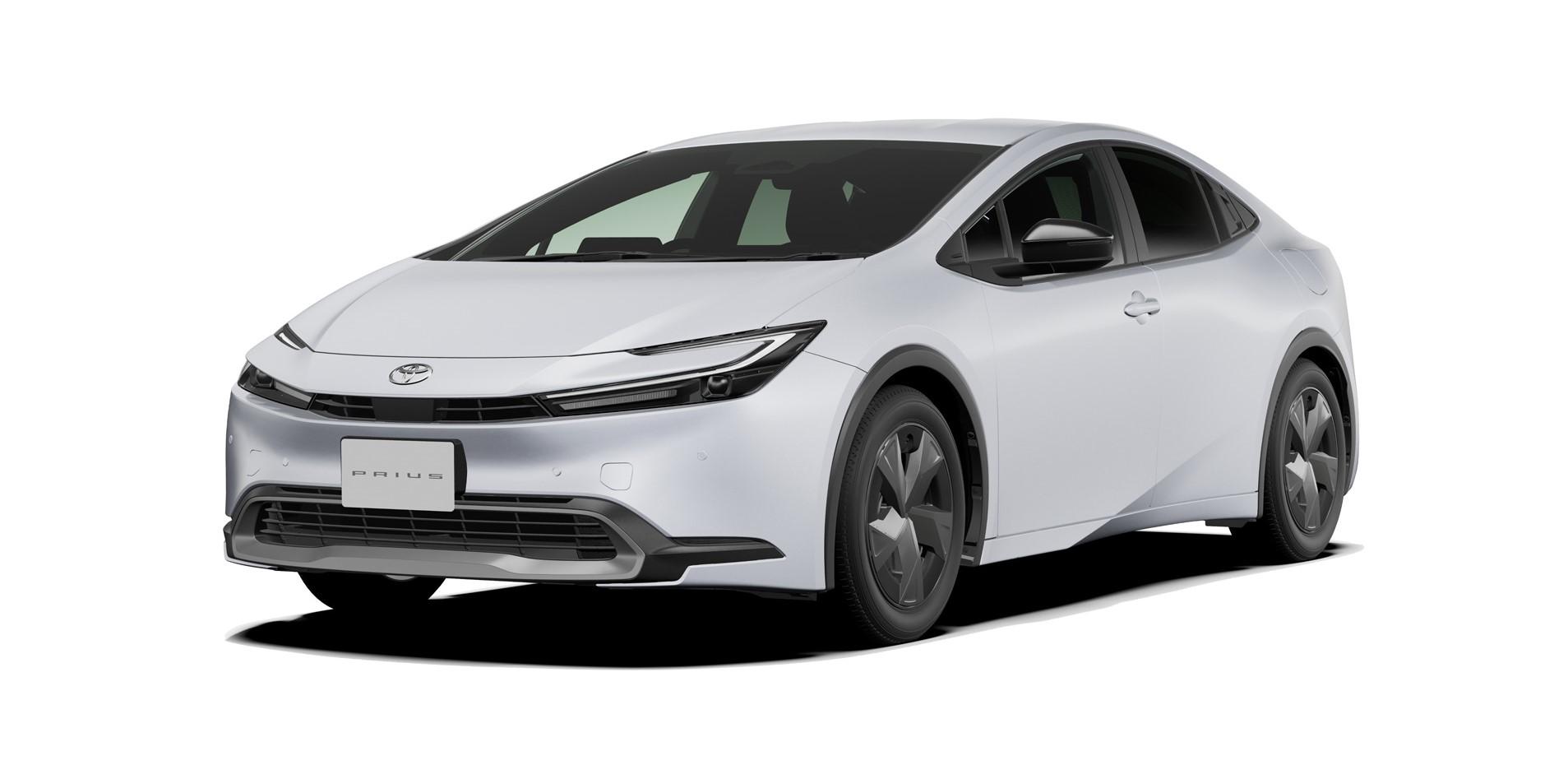
The new KINTO Unlimited subscription service upends the notion that the latest cars must be expensive. Behind the service lies a change in Toyota's approach to carmaking.

On January 10, as the latest-model Prius went on sale in Japan, a monthly subscription service announced by KINTO stole the spotlight.
With the new KINTO Unlimited service, Prius U grade packages start at 16,610 yen per month (incl. tax)*¹. Amid soaring inflation, the monthly cost ends up 10% cheaper than standard pricing*².
*1 2WD, standard interior specifications, with no additional options, when using the seven-year lease plan with no initial payment and added bonus payments of 165,000 yen (incl. tax)*2 Comparison with the KINTO contract for the S Touring Selection Black Edition, priced at the same level as the U grade among previous Prius models

Find more information about the KINTO Unlimited service at the end of the article
One of the service’s key features is the fact that it offers both software and hardware upgrades.
For example, popular factory-fitted options such as a are normally available only at the time of purchasing a new car.
However, Toyota’s Upgrade Ready Design factors much of the retrofitting work into the vehicle’s construction, simplifying labor-intensive tasks to make upgrades feasible.
In the future, the service will also support new items that come out with annual improvements.


“Focusing only on selling cars limits our ability to make major innovations in order to meet the increasingly diverse and complex needs of our users,” says KINTO President Shinya Kotera. As his comment suggests, the new service was backed by changes in Toyota’s manufacturing genba.
“Toyota is no longer just an automobile company”
In November 2020, a group of ten junior and mid-level employees gathered in a room at Toyota's headquarters. They did not know each other and hailed from different roles and departments.
Seated across from them were President Akio Toyoda, Banto Koji Kobayashi, and KINTO President Shinya Kotera. Beside them, a monitor showed the heads of Toyota’s various divisions and companies, joining remotely.
Akio posed the following challenge to the group of ten.
“We call ourselves an automobile company, but in reality, we are a new car company. To be worthy of the automobile company name, we have to look at the 20-year life of our cars. They spend the first decade with the original owner, then change hands roughly three times as a used car. As we transform ourselves into a mobility company, we need to figure out how to generate value across this lifespan.”
One of the people in that room, Project General Manager Yusuke Maeda, still vividly recalls Akio’s words for the newly formed project team.
“I want you and the cars to be part of our customers’ lives.”
“Along with updates, we need upgrades that boost a car’s value.”
“Getting started now will create value for your generation 10 or 20 years from now.”
“Right now, there are no set answers. Make lots of mistakes and build your own future.”
At present, more than 100 million Toyotas are on the world’s roads. However, the company itself has no way of engaging with users after a car is sold.
On top of this, the length of time that buyers keep new vehicles is growing every year. With technology constantly evolving, carmakers have no way of offering the latest innovations in a timely manner.
“Our job doesn’t stop at handing over the keys. We must continue to offer added value even after our cars are in the hands of customers.”
It was with this mindset that the Next Generation Used Car Project kicked off.

